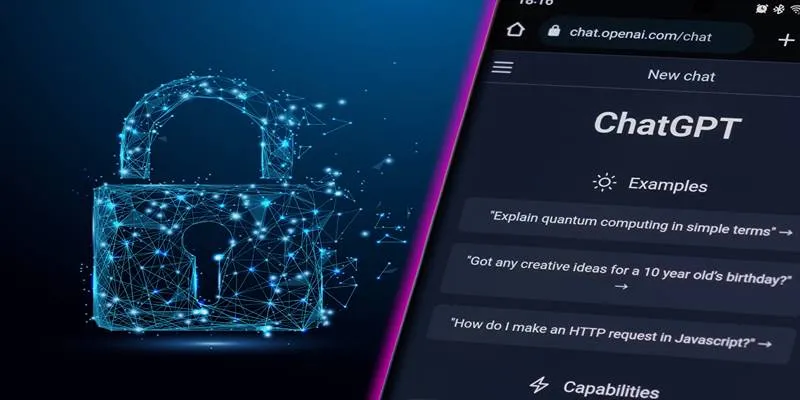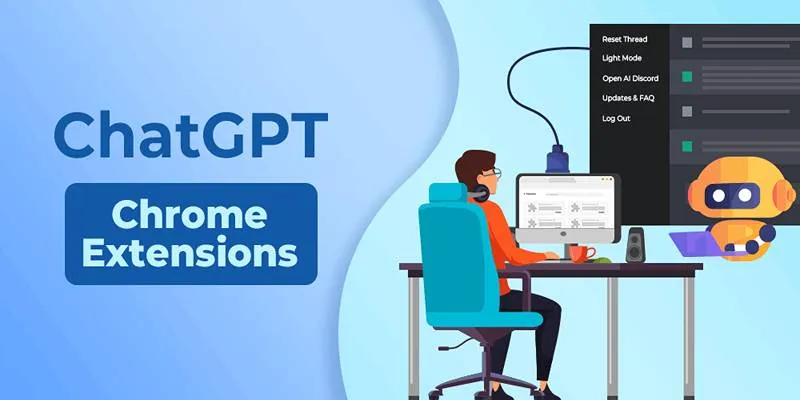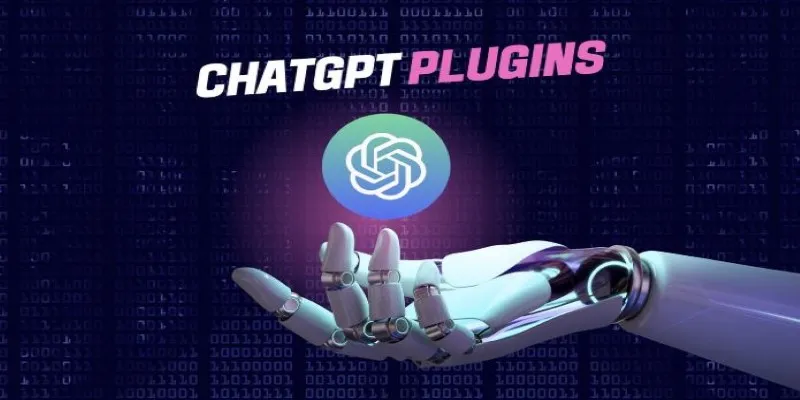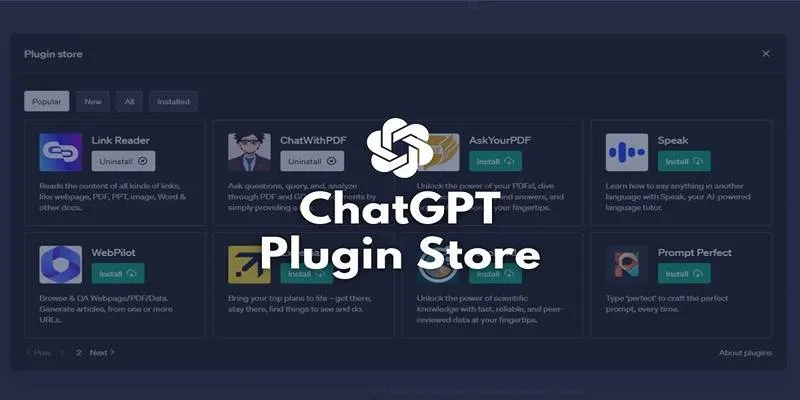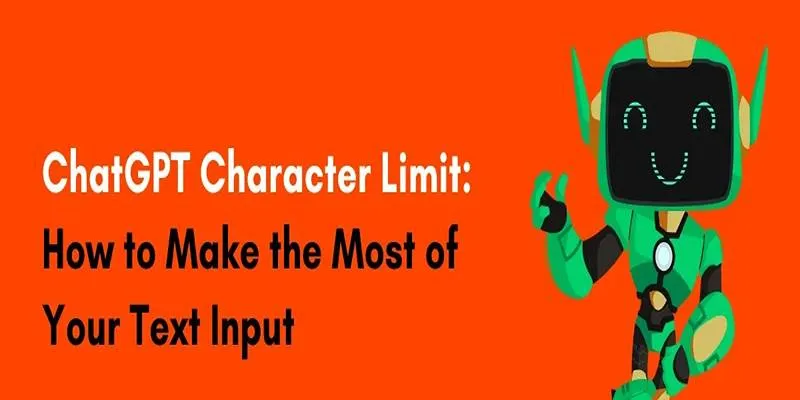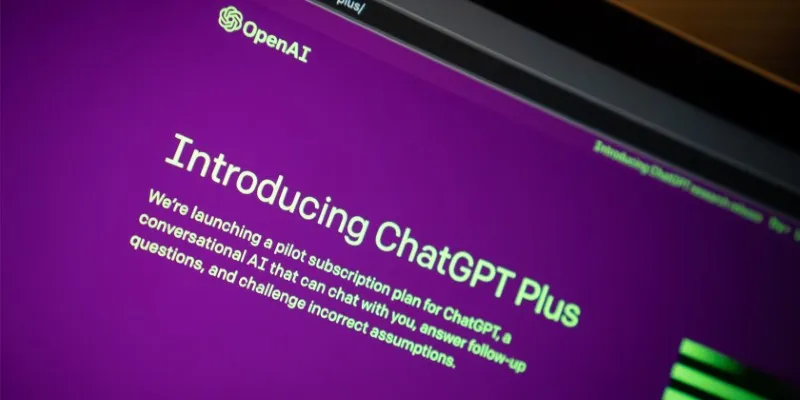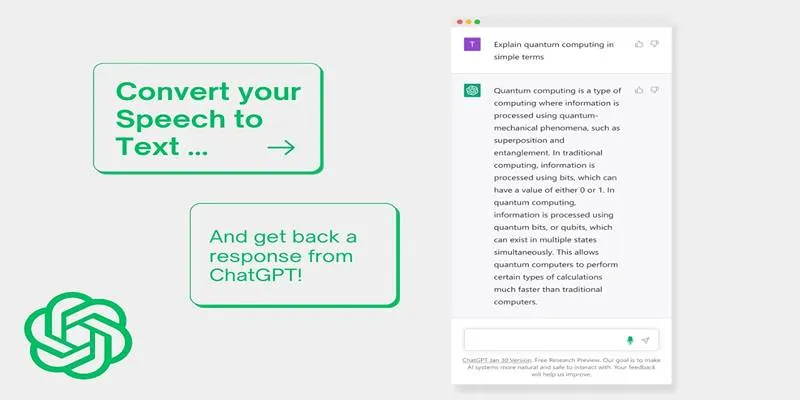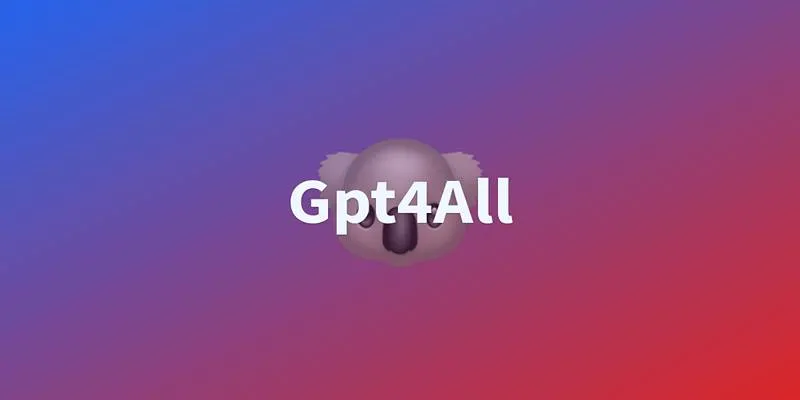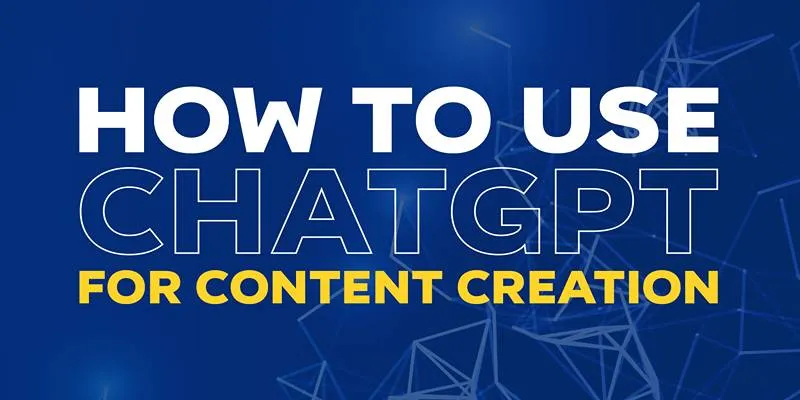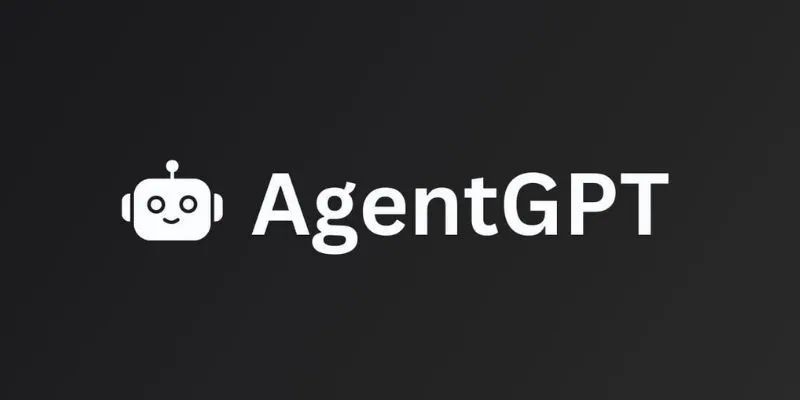ChatGPT can be a helpful writing assistant, especially for those who need to create content at scale. It’s quick, doesn’t get tired, and follows directions. But that doesn’t mean it always gets things right. It works best when guided properly, and if you don’t know what to watch out for, the results can come off flat, robotic, or just plain wrong. If you’re relying on it to produce readable, engaging content, there are a few traps you need to avoid.
Mistakes to Avoid When Using ChatGPT for Content Creation
1. Letting It Speak Without Giving Context
If you type a vague prompt like “Write a blog post about marketing,” don’t expect anything that sounds natural or focused. The tool will pull generic information that could apply to anyone, anywhere, with zero connection to your audience or brand. This kind of content won’t engage readers, and it’s unlikely to stand out.
Context is what shapes tone, direction, and even the kind of examples it uses. Without it, you might end up with a post that reads like it belongs to a textbook—or worse, a mix of outdated buzzwords. Whether you’re writing for a casual blog, a professional site, or a newsletter, always add a clear description of who it’s for, how it should sound, and what you want readers to take away from it.
2. Relying on It for Factual Accuracy
ChatGPT can make things up. It doesn’t mean to lie—it just works based on patterns in language and might produce something that sounds right but isn’t backed by real data. This is especially risky if you’re writing content that mentions statistics, events, studies, or people. If you quote it word for word, thinking it must be accurate, you could end up publishing errors.
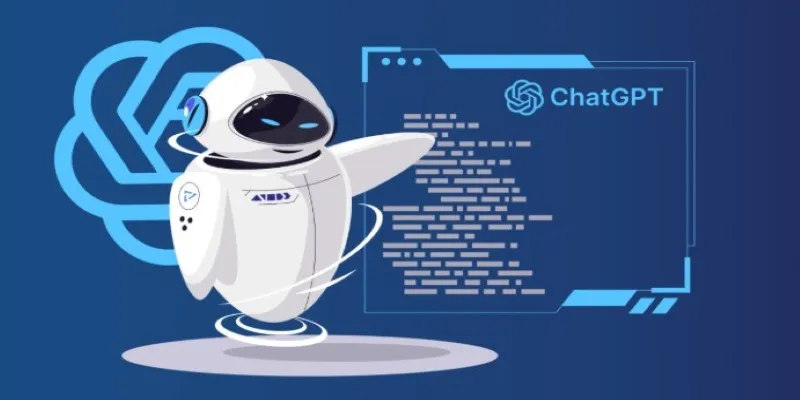
Use it for drafting, phrasing, and organizing ideas. But when it mentions any facts, numbers, names, or even tool features, you’ll need to verify them yourself. Don’t treat it as a research assistant. It’s more like a fast-thinking colleague who tends to make up details unless double-checked.
3. Copy-Pasting Without Rewriting or Editing
The biggest giveaway is that the content was AI-generated when the writing is too polished yet empty. It uses all the right keywords, the grammar is correct, but there’s no life in it. The tone feels off, the sentences are a bit too smooth, and it doesn’t sound like a real person wrote it.
If you publish it as-is, it might be grammatically correct, but it won’t connect with readers. You’ll lose the natural human rhythm. The solution is simple: rewrite it in your own style. Even small changes help—rearranging phrases, trimming parts that feel overexplained, adding your own examples, and changing how sentences start and end. That’s how you make it yours.
4. Asking It to Think for You
Using ChatGPT to brainstorm can be helpful, but letting it decide your entire content strategy? That’s a mistake. When you feed it a prompt and wait for it to decide the angle, the structure, and the takeaways, the results tend to be bland and shallow. It doesn’t know what your readers care about. It doesn’t know what you’ve already written. And it doesn’t know your goals.
Before using it, decide what you want to say. Then use it to help shape how you say it. That way, the voice and purpose stay yours, and the tool just helps with phrasing and flow. Treat it like support, not as a lead.
5. Ignoring Tone Consistency
ChatGPT adapts its tone based on your input. That can be helpful—or a problem. If you’re not specific about the tone you want, it may bounce between formal and casual, or suddenly sound promotional in the middle of a practical guide. This kind of inconsistency breaks the flow and makes the piece feel stitched together.
Always define the tone clearly in the beginning. Do you want it informative but light? Direct and neutral? Casual and chatty? And once you get the first draft, go through it line by line. Cut any parts that don’t match the tone. Rewrite anything that feels like it belongs in a different article.
6. Not Knowing Its Limits With Creativity
ChatGPT can help reword ideas and organize content, but it’s not good at being original. If you ask it to “write a unique angle on remote work,” it’s more likely to give you another version of what’s already out there. It doesn’t know which points are overused, and it doesn’t have opinions. If your content needs a strong voice or fresh take, this is where AI shows its limit.

That doesn’t mean it’s useless for creative work, but you need to bring the core idea. Use it to help shape the message once you already know what you want to say. If you expect it to come up with bold statements or new frameworks, you’ll get recycled phrasing instead.
7. Skipping the Human Review Step
Even the best AI-generated content needs a real pair of eyes before it goes out, not just for grammar and tone, but to catch things that feel off. Maybe there’s a paragraph that repeats an earlier point. Maybe a sentence sounds unnatural. Maybe there’s an idea that doesn’t belong in that section. These are things AI misses.
You don’t need to rewrite everything, but you do need to read with care. Cut what doesn’t serve the point. Break long sentences. Move things around if they feel out of order. And make sure it sounds like you, not like a polished assistant from nowhere.
Final Thoughts
ChatGPT can help speed up content creation, but it only works well when used with intention. It needs clear input, a human voice, and a final review. The mistakes listed above aren’t about the tool being bad—they’re about how it’s used. If you treat it like a co-writer instead of a replacement, the content stays sharp, readable, and real. That’s what keeps people reading.
 zfn9
zfn9
